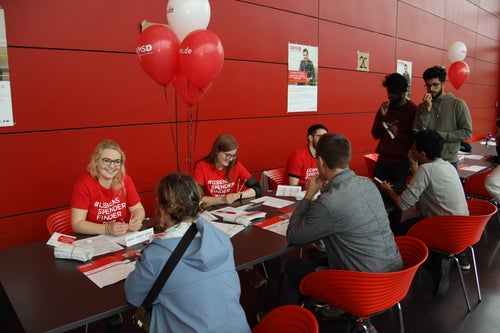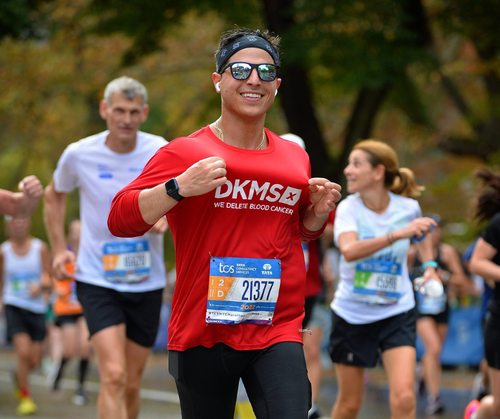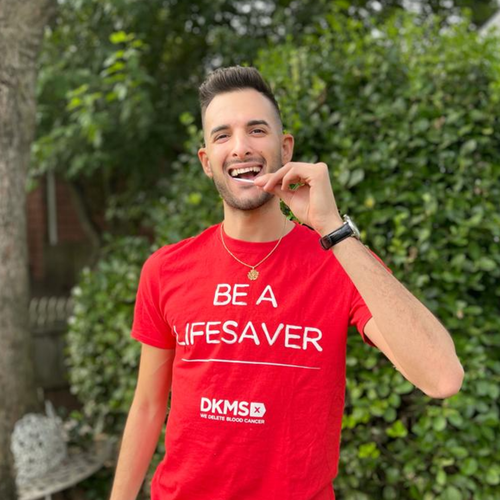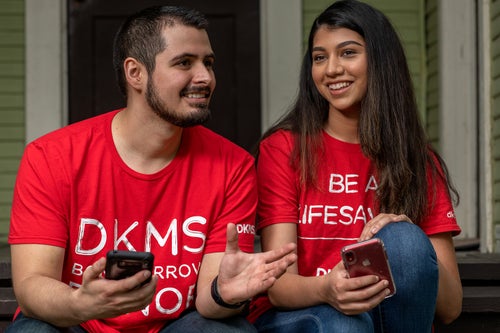What is the quality of the DKMS typing?
HLA characteristics are the most important factor in identifying a matching donor. In order for a stem cell transplantation to have the highest chance of success, ideally 10 out of 10 relevant HLA characteristics should match between the patient and the donor. If a patient is fortunate enough to have several matches, other factors will be analyzed to find the optimal match. This is why we test more than 10 HLA characteristics. As part of the initial typing, we also tissue type for further parameters that could prove advantageous, either now or in the future, such as the entire KIR receptor family, MICA/B, CCR5, HLA-DPB1, HLA-E, HLA-DQA1, HLA-DPA1, HLA-DRB3/4/5 and the ABO and Rh blood groups. In addition, our donors are also tested for cytomegalovirus (CMV), a common herpes virus. All of these markers are currently typed at high-resolution when someone registers as a donor.
At DKMS, we use cutting-edge science to continuously expand the typing profiles of donors and to meet or define state-of-the-art standards in technology and medicine. That way, we ensure constant enhancements and even more precision in donor selection. All of these quality improvements are crucial for the benefit of patients.
All the samples we receive are typed at the DKMS Life Science Lab located in Dresden, Germany. The lab is a world leader in HLA diagnostics and accredited to international standards. In 2013, the DKMS Life Science Lab became the first HLA-typing lab in the world to introduce the new sequencing technology NGS (Next Generation Sequencing), for high-parallel, high-throughput typing.






